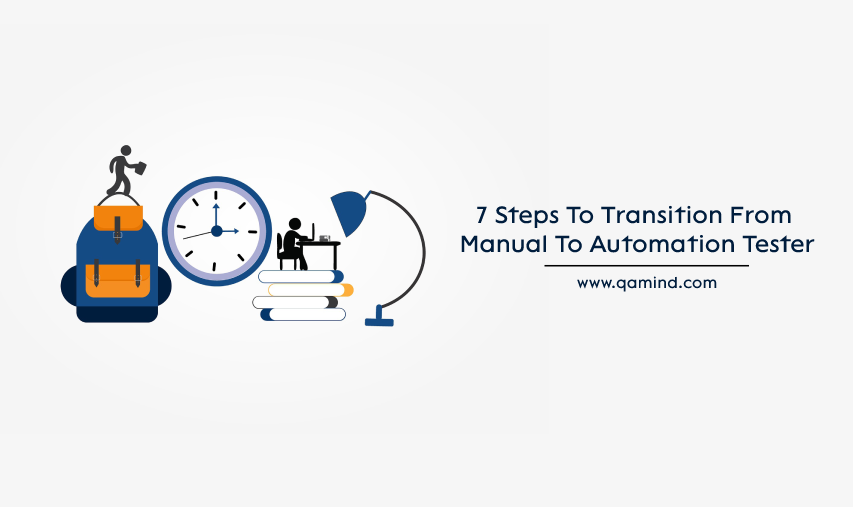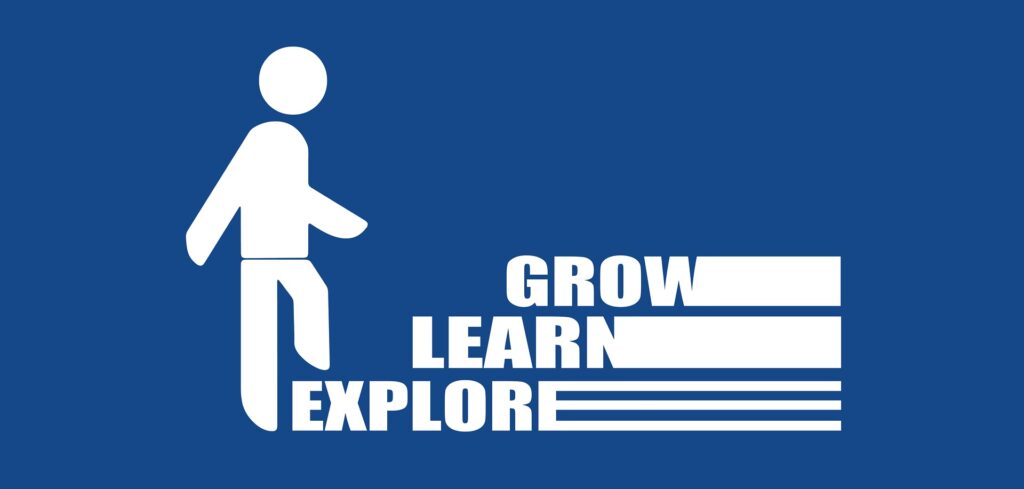
For many testers, transitioning from manual to automation tester is a natural progression. As automated testing tools become more sophisticated, the need for human testers diminishes. In fact, some companies have no manual testers at all! If you’re thinking about making the jump from manual testing to automation testing, there are a few things you’ll want to consider before making that leap.
If you’re a tester and have been thinking about transitioning from manual to automation tester , it’s entirely possible.

If you’re a manual tester and have been thinking about trying your hand at automation, it’s entirely possible. To get started, you’ll need to learn how to code or at least be familiar with coding concepts. You should also be able to adapt quickly to new tools and processes as they come along, which can take some time for experts in manual testing but will likely come naturally for those who’ve already made the leap into automation. Finally, it helps if you know how to write test scripts (although this is not required).
The biggest hurdle for most people transitioning from manual testing is learning how much more involved automated testing can be than manual testing. Automated tests typically require more preparation and coordination between teams than their manual counterparts do—but once they’re set up correctly, they run themselves almost endlessly until someone stops them or changes something in the system under test (SUT).
There are a few things to keep in mind as you consider becoming an automation tester.
Switching from manual to automation tester is a big career change. It will take time and effort to hone your new skills, and you need to be prepared so that not everyone will be ready to accept what you are doing. Automation testing is not for everyone, but if you have the right mindset, it can be incredibly rewarding.
Your coding skills need to be on point.
When transitioning from manual to automation testing, you need to understand how programming works. While programming skills might not be your top priority when selecting a new job, they will become essential as you begin to automate tests.
One way you can learn how to code is by taking beginner coding classes or online courses through Udemy and Coursera. You should also consider how long it would take for your current employer or any potential employers to train you on their specific framework of choice (Selenium or Cucumber, for example).











